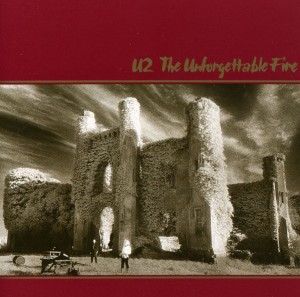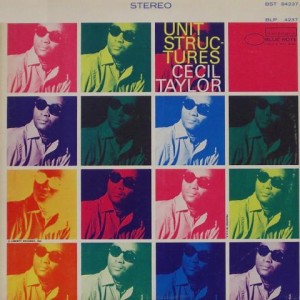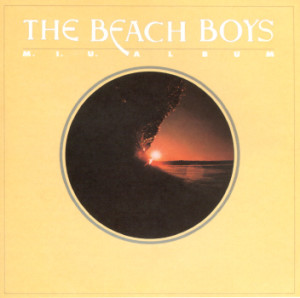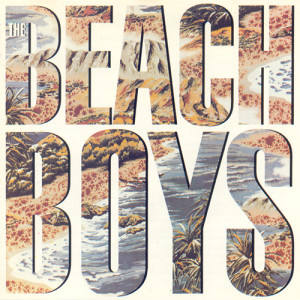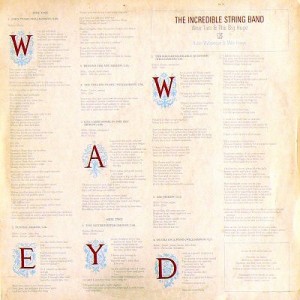
King Geedorah – Take Me to Your Leader Big Dada BDCD051 (2003)
Take Me to Your Leader is an unusual hip-hop album. Rapping from the assortment of guest MCs isn’t the focus. Instead, MF Doom (a/k/a Daniel Dumile, the man behind the mask, the curtain, and this album) floats monster movie sound clips across a gently flowing mix of cartoonish pop samples. This creates a dense soundscape that is more cinematic than average b-boy fronting.
When lyrics are present, the theme of a three-headed monster from outer space definitely emerges, among resolute sentiments of hope, determination, and wonder recalling Curtis Mayfield. The abundance of the orchestral strings samples only reinforces the likenesses to Curtis Mayfield. Move on up! Hostile tyrants, attackers, and outright monsters won’t stop the good and determined ones. This triumph over adversity is palpable.
MF Doom uses lethargic tempos to his advantage. Placing easy listening schmaltz — complete with mushy strings and syrupy guitars — on an indistinct bed of murky beats takes the music out of the typical rap battle arena. Take Me to Your Leader is a fight where all elements conspire together, as one amorphous mass. I wanted to reach out, place my finger on this album. To have control over how a single part of it makes me feel. Instead it stupefied me: “Take that.” I almost expected to hear that spoken.
If I weren’t a decayed, empty being, I might love comic books, video games, and monster movies. Whatever is missing in me, replaced by dead matter, I can still recognize that King Geedorah, or MF Doom, has his own loves to champion. Recurrent obstacles won’t dog him too much. He will save this planet! Or at least will he convince me to save someone myself? Or just save myself?

